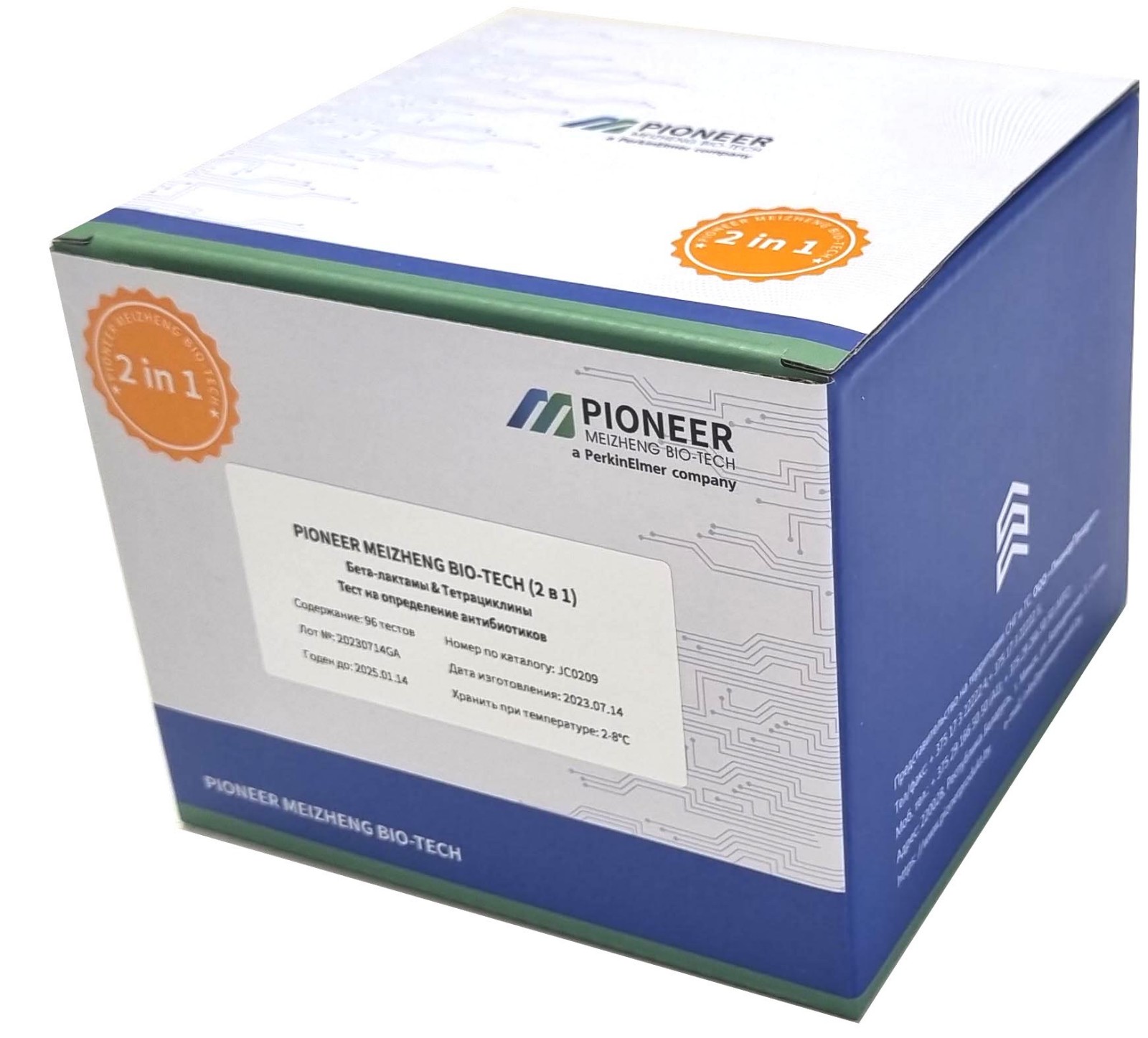REPORTAGE: "Striped" hectares as a pledge of large milk JSC "Orlya"

Construction, renewal of dairy farms and provision of proper conditions for livestock. These factors are fundamental in ensuring the maximum efficiency of the livestock industry. An important component of the effectiveness of this area is the creation of a high-quality forage base. Grodno region pays great attention to these issues. The farms of the region understand that the quality and quantity of dairy products received directly depend on what gets on the fodder table for livestock. BelTA correspondents visited one of the farms in the Shchuchinsky district, where they have already started harvesting the first green fodder.
These fields in JSC "Orlya" are rightfully considered the most beautiful. "Striped" hectares are sown on the farm for the fifth year in a row. These are winter rape and winter rye, which together, when harvested, will provide a balanced, nutritious first green animal feed."After harvesting winter grains, we start sowing rape and rye. We have one machine involved for this. We load seeds of crops into two separate sections. And we sow them in compliance with the technology. We get 6-meter strips of rye and rape. When harvesting, immediately we get balanced feed. Winter rye contains a lot of SUGAR, winter rapeseed contains protein. In addition, no additives are needed. And besides, we don’t waste time, "says Alexander Kozich, anti-crisis manager of Orlya OJSC.
225 hectares are occupied by backdoor crops of these crops. Some of the rapeseed and rye harvested in the coming days will be used on the farm for feeding cattle, and some will be placed in silos. The silage will be harvested from fields of 170 hectares. By the way, in the total volume of silage, which is harvested annually on the farm, 10-15% is rapeseed and rye harvested from mixed fields.
Due to the cold spring, the farm notes, this year the rye has let down a little. But they still plan to collect a lot from the fields. Here they expect an average yield of 120-140 kg / ha.
One of the first who went into the field to harvest fodder was Stanislav Astyukevich. The work experience of the machine operator is 30 years. The man speaks modestly about himself, but admits that he loves his work with all his heart, otherwise he would not be here. "The work is difficult, of course. But you go out and know what needs to be done. You also feel responsibility. You try to make the day not go in vain. it used to be more difficult when the children were small, but now my son works in programming, my daughter studies medicine at the university "My wife and I stayed. And she is my paramedic on an ambulance, she is no stranger to a difficult work schedule," says Stanislav Astyukevich. And he adds that overcoming all the difficulties in work is easier thanks to the support and mutual assistance in the team, which the machine operator does not call otherwise than well-coordinated.
Orlya OJSC plans to mow the rock crops within 5-7 days. But the field, as they say on the farm, will give two crops. In place of rape and rye, corn will soon be sown, as well as sainfoin, a grass that grows well on sandy soil. Incidentally, OAO Orlya has introduced many new crops over the past five years. For example, sweet clover, rumax, alfalfa, clover, legumes, fescue, which give a good harvest of haylage.
As soon as the grass grows, the farm workers will start harvesting haylage. Focusing on the weather at the end of May, this work will also begin here. In the meantime, JSC "Orlya" is finishing the sowing of buckwheat, sowing annual grasses, and carrying out replanting.
In total, the farm plans to harvest about 28,000 tons of silage, 15,500 tons of haylage, and 700 tons of hay this year. The feed is used all year round, and there is someone to feed the shareholders. In total, there are 5 thousand heads of cattle, of which 1388 are dairy herds. Therefore, forage harvesting is approached with all responsibility.
Katerina BENADYSYUK,
Leonid SHCHEGLOV,
BELTA.
Read together with it:
- Роспотребнадзор оценил опасность обнаруженного в Бразилии коронавирусаРоспотребнадзор внимательно отслеживает новую информацию о коронавирусе, обнаруженном в Бразилии, сообщило ведомство в телеграм-канале. Новый коронавирус BRZ batCoV выявили у небольшого вида насекомоядных летучих мышей, уточнила пресс-служба. «Доказательств того, что новый коронавирус представляет угрозу для людей, нет», — говорится в сообщении ведомства. BRZ batCoV относится к тому же роду бета-к...




























































